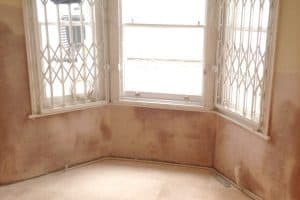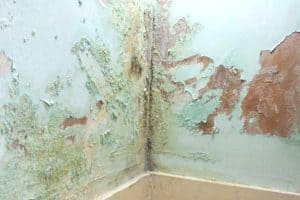- Blog
- Waterproofing Strategies for Basement Extensions in London
- Diagnosing and Treating Penetrating Damp in Historic Buildings
- Common Signs and Symptoms of Penetrating Damp in Buildings
- Diagnosing and Treating Penetrating Damp in Historic Buildings
- Rising damp specialists in Battersea and Wandsworth
- Rising damp specialists in Chelsea and Fulham
- Rising Damp Treatment
- How to Remove Damp Smells from your House
- Waterproofing Strategies for Basement Extensions in London
- Common Signs and Symptoms of Penetrating Damp in Buildings
- Common Signs and Symptoms of Rising Damp in Walls
- Careers
- FAQs
- Gallery
- Locations
- Contact Us
- Common Signs and Symptoms of Rising Damp in Walls
Call us on 020 7458 4864
Arrange your free damp survey

Call us on 020 7458 4864
Arrange your free damp survey

 Common Signs and Symptoms of Rising Damp in Walls
Common Signs and Symptoms of Rising Damp in WallsRising damp, though some people think it is a myth, is a common problem in households across the country. It has many warning signs and tell-tale symptoms, so in theory, it should be fairly easy to notice. However, it can go unchecked for long periods when building owners don’t realise what they are looking at. …
- read more… Common Signs and Symptoms of Penetrating Damp in Buildings
Common Signs and Symptoms of Penetrating Damp in BuildingsWhen you think of a building – whether it’s a cosy home or a towering skyscraper – you imagine strength and resilience. However, despite the sturdiness of its structure, every building has its vulnerabilities, one of which is the risk of damp. Among the various types of dampness that can affect a building, penetrating damp …
- read more… Diagnosing and Treating Penetrating Damp in Historic Buildings
Diagnosing and Treating Penetrating Damp in Historic BuildingsPenetrating damp refers to moisture that penetrates a building through the roof, walls and below the ground. It is a serious concern in historic buildings because it can destroy their fabric, including the ceilings, walls, and any timber used in their structure. Although it can affect any building, older buildings that have not been maintained …
- read more… Waterproofing Strategies for Basement Extensions in London
Waterproofing Strategies for Basement Extensions in LondonDo you want more space in your home? If you have a basement, you can convert it into liveable or usable space to add more space to your home. There are varying levels of conversions, from simple to elaborate ones, depending on how much space you have, your budget, and other factors. Even though it …
- read more… Rising damp specialists in Battersea and Wandsworth
Rising damp specialists in Battersea and WandsworthDamp issues in a property are something that every homeowner wants to avoid. Damp is caused by moisture that penetrates the walls and can lead to wet patches that over time can develop into more serious problems like mould, structural issues, and wet rot in the timber. Rising damp is one of the most serious …
- read more… Rising damp specialists in Chelsea and Fulham
Rising damp specialists in Chelsea and FulhamThe mere thought of having damp in the home can be enough to send shivers down your spine as a homeowner, especially if you suspect that you might be dealing with rising damp. Rising damp can be one of the most problematic types of damp in the home and is caused by moisture that rises …
- read more… How to Remove Damp Smells from your House
How to Remove Damp Smells from your HouseTips for removing damp smells A house with rising damp can be unpleasant to live in as well as cause sickness. Several things can cause a damp smell in the house but mostly mildews are the main reason. The trick is to know how to remove damp smells. The mixture of darkness, moisture, and lack of air circulation …
- read more… Rising Damp Treatment
Rising Damp TreatmentRising Damp Treatment Advice Every building is prone to damp, but it’s the older buildings, places that have stood for a long time, perhaps centuries, which are more prone to this problem. This problem is mitigated by modern building practices where properties are built with damp proof courses, in most cases impermeable plastic membranes to …
- read more…
